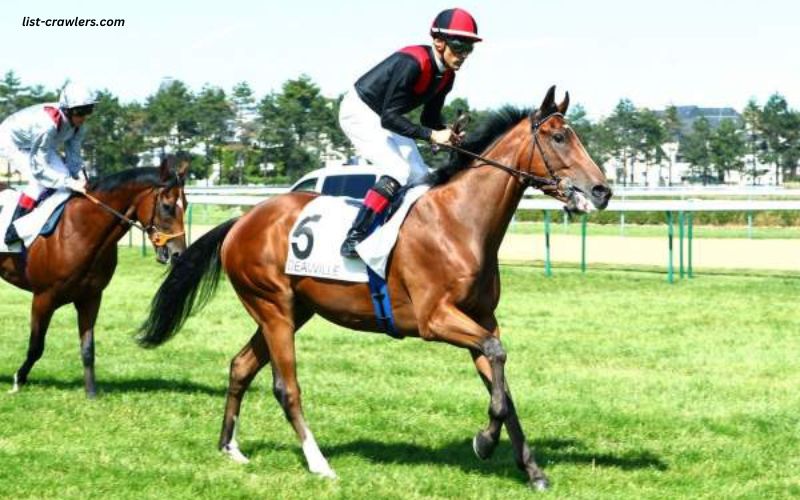The Pari Mutuel Urbain (PMU) is a French organization that organizes horse racing betting in France. Established in 1930, PMU has grown to become one of the largest betting companies in Europe. Central to the experience of betting with PMU are the odds, or “cotes” in French. These odds determine the potential payout of a bet and are a critical aspect of the betting strategy for enthusiasts and professionals alike. Over the years, the methodology and technology behind the calculation and adjustment of PMU odds have evolved significantly.
Early Days of PMU Odds
In the early days of PMU, odds were calculated manually. The odds represented the ratio of the total amount of money bet on all horses to the amount bet on a particular horse. This system is known as pari-mutuel betting, where all bets of a particular type are placed together in a pool, and payoff odds are calculated by sharing the pool among all winning bets. The simplicity of this system allowed bettors to understand the potential returns based on the amount wagered on each horse.
Introduction of Technology
As technology advanced, so did the methods for calculating and displaying odds. The 1980s saw the introduction of computerized systems, which allowed for more accurate and faster calculations. This was a significant improvement over manual calculations, as it reduced the likelihood of errors and allowed for real-time updates. The integration of computers into the PMU system also enabled the collection of more detailed data, which could be used to refine the odds further.
Real-Time Odds and Online Betting
The advent of the internet in the late 20th century revolutionized many industries, and betting was no exception. PMU launched its online betting platform in the early 2000s, providing bettors with access to real-time odds and the ability to place bets from the comfort of their homes. This shift not only made betting more accessible but also increased the volume of bets placed, which in turn made the odds more accurate. Real-time odds updates became a standard feature, providing bettors with the latest information up until the start of the race.
Advanced Algorithms and Big Data
In recent years, the evolution of PMU odds has been driven by the use of advanced algorithms and big data analytics. These technologies allow for the processing of vast amounts of data, including historical performance, weather conditions, track conditions, and betting patterns. By analyzing these factors, algorithms can predict the likely outcome of races with greater accuracy. This has led to more dynamic odds that can change rapidly in response to new information.
The Role of Artificial Intelligence
Artificial intelligence (AI) is the latest frontier in the evolution of PMU odds. AI systems can analyze complex data sets and identify patterns that may not be apparent to human analysts. For example, AI can consider the form of horses, jockeys, and trainers, as well as external factors like changes in the betting market. By continuously learning and adapting, AI can improve the accuracy of odds over time. This technology is still in its early stages, but it holds great promise for the future of betting.
Impact on Bettors
The evolution of PMU odds has had a significant impact on bettors. The shift from manual to computerized systems, and the subsequent introduction of real-time odds and advanced algorithms, have made betting more transparent and fair. Bettors now have access to a wealth of information that can help them make informed decisions. Moreover, the increased accuracy of odds means that bettors are more likely to receive a fair payout based on the true probabilities of different outcomes.
Challenges and Criticisms
Despite the advancements, the evolution of PMU odds has not been without challenges and criticisms. One of the main criticisms is that the increasing complexity of odds calculation can make it difficult for casual bettors to understand how odds are determined. Additionally, the use of AI and algorithms has raised concerns about the potential for manipulation and the transparency of the betting process. PMU has taken steps to address these concerns by ensuring that its systems are regularly audited and by providing educational resources to help bettors understand the odds.
The Future of PMU Odds
Looking to the future, the evolution of PMU odds is likely to continue being shaped by technological advancements. Blockchain technology, for example, has the potential to increase transparency and security in the betting process by providing a tamper-proof record of all bets and odds calculations. Additionally, as AI and machine learning technologies continue to improve, they will likely play an even greater role in determining odds.
Another area of potential growth is the integration of social betting, where bettors can share information and strategies with each other in real time. This could lead to a more collaborative betting environment and further refine the odds based on collective insights.
Conclusion
The evolution of PMU odds is a testament to the impact of technology on traditional industries. From manual calculations to advanced algorithms and AI, the methods for determining odds have become increasingly sophisticated. These advancements have made betting more accurate, transparent, and accessible, benefiting both bettors and the PMU organization. As technology continues to evolve, so too will the methods for calculating and presenting PMU odds, promising an exciting future for horse racing enthusiasts and bettors alike.

